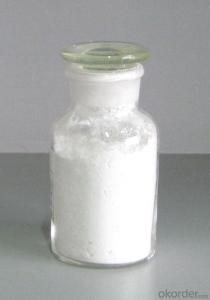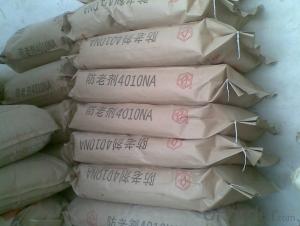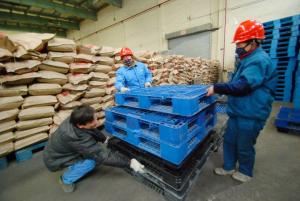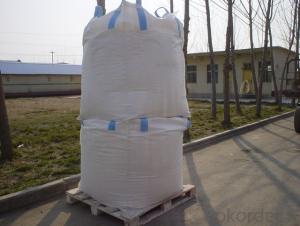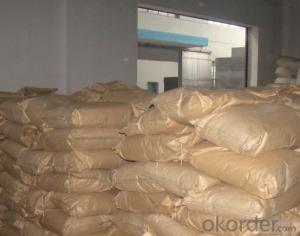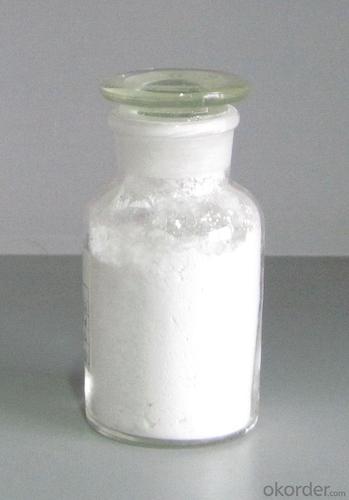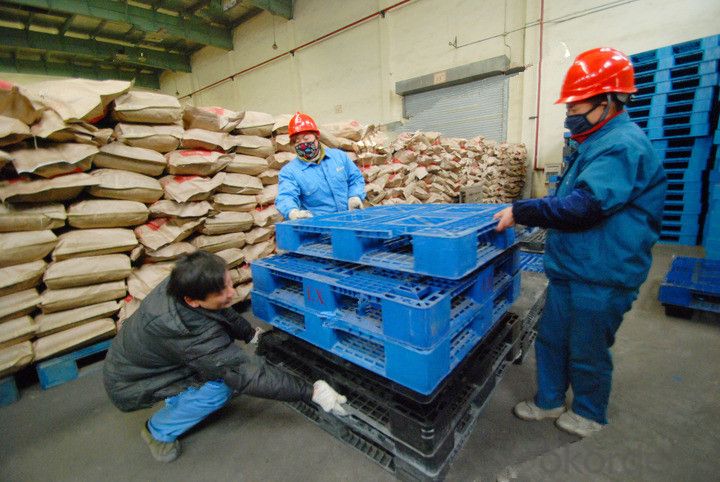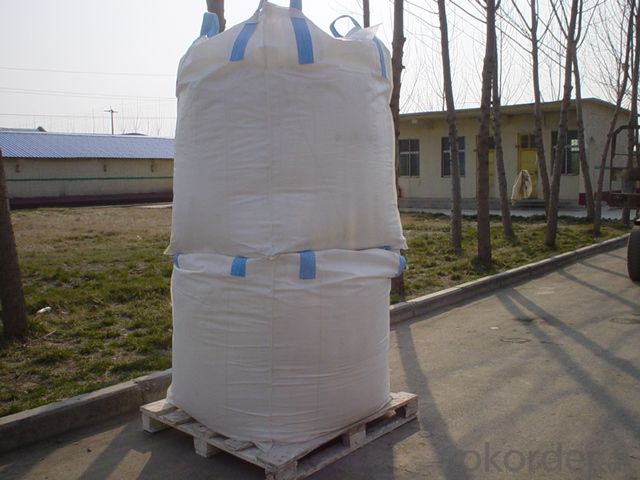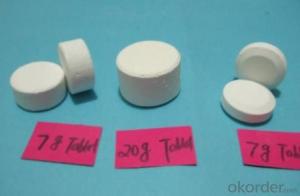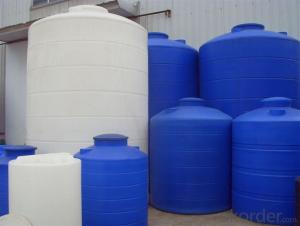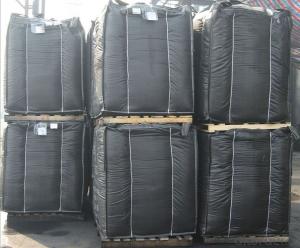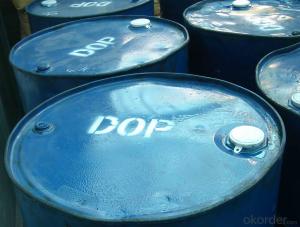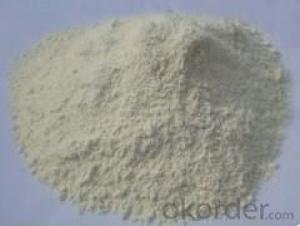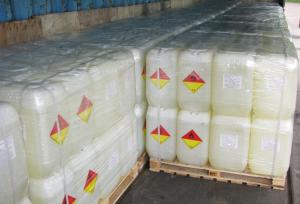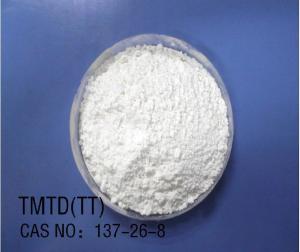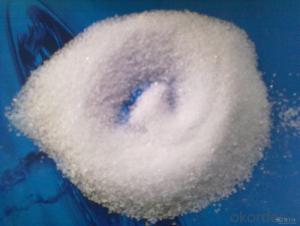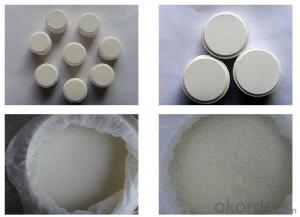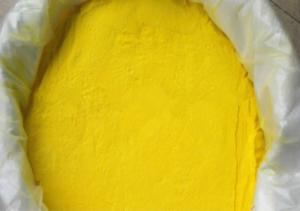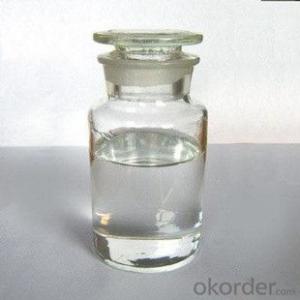RUBBER VULCANIZING ACCELERATOR (DM) Chemicals
- Loading Port:
- Tianjin
- Payment Terms:
- TT OR LC
- Min Order Qty:
- 25 m.t.
- Supply Capability:
- 12000 m.t./month
OKorder Service Pledge
OKorder Financial Service
You Might Also Like
RUBBER VULCANIZING ACCELERATOR MBTS(DM)
Chemical Name: Dibenzothiazole disulfide
Molecular Formula: C14H8N2S4
Molecular Weight:332.50
CAS NO. : 120-78-5
Executive standard:GB/T 11408-2003
Specification:
| Index | ||
High-class products | First-class products | Acceptable end-product | |
Appearance(Visual inspection) | White or light yellow powder, granular | ||
Initial M.P, oC ≥ | 170.0 | 166.0 | 162.0 |
Loss on drying, % ≤ | 0.30 | 0.40 | 0.50 |
Ash, % ≤ | 0.30 | 0.50 | 0.70 |
Residues on 150μm sieve,% ≤ | 0.00 | 0.10 | 0.10 |
Properties: white or light yellow powder (granule) with a little bitter, no poison. The density is 1.50, Melting point above 170℃,slightly soluble in benzene, chloroform and ethanol, is not soluble in water petrol. And ethyl acetate. Good storage stability.
Application: Given flat, moderately fast cures in NR and SR. Also used in a wide range of general purpose rubber. Non-staining and non-discolouring in "white" socks; used as a plasticizer and retarder in polychloroethylene rubber. Secondary acceleration is usually required for synthetic polymers. Better scorch safety than MBT.
Packaging: 20kg plastic woven bag, paper with plastic film bag, kraft paper bag or jumbo bag.
Storage: e product should be stored in the dry and cooling place with good ventilation, avoiding exposure of the packaged product to direct sunlight. The validity is 2 years.
Note: The product could be ultra fine powder based on customer accurate requirement.
- Q: What is the principle of the catalyst? Why can change the rate of chemical reactions and their own without any change
- The catalyst is a substance that alters the reaction rate without changing the total standard Gibbs free energy of the reaction. The composition, chemical properties and quality of the catalyst itself do not change before and after the reaction; its relationship with the reaction system is as highly selective (or specific) as the relationship between the lock and the key. A catalyst does not catalyze all chemical reactions. For example, manganese dioxide catalyzes the thermal decomposition of potassium chlorate, accelerates the reaction rate, but does not necessarily have a catalytic effect on other chemical reactions. Some chemical reactions are not only the only catalyst, such as potassium chlorate can be thermally decomposed in the catalytic role of magnesium oxide, iron oxide and copper oxide, etc., potassium chlorate oxygen can also be used when the red brick powder or copper oxide as a catalyst.
- Q: Will the catalyst change the reaction rate in the chemical reaction?
- Many of the catalysts are specific in varying degrees, and when added to the chemical reaction system that it can catalyze, it must change the rate of chemical reaction, and of course both positively and negatively catalyzed. Chemical reaction rate, it can not be called a catalyst.
- Q: Chemical Glossary: Catalyst
- The catalyst is a substance that can change the rate of the reaction without changing the standard of the reaction Gibbs free, according to the definition of the International Pure and Applied Chemistry (IUPAC) in 1981, Enthalpy change. This effect is called catalysis. The reaction involving the catalyst is a catalytic reaction.
- Q: What is the microcosmic principle of the catalytic reaction in the chemical reaction?
- The catalyst reduces the activation rate of the reactants by increasing the reactant density of the reaction conditions and making the chemical reaction easier.
- Q: What is a Catalyst?
- Catalyst is a chemical substance which is used in chemical reactions in relatively small amounts to start up or increase the rate of the reaction without being consumed in the process. For example, Sulfuric Acid is used to dehydrate Ethanol to Ethylene. Enzymes in living beings are biological catalysts. Manganese dioxide, used to decompose Hydrogen Peroxide to Oxygen and Water. For detailed answer.... en.wikipedia.org/wiki/Catalysis
- Q: Can manganese dioxide do any catalyst for chemical reactions?
- the catalyst does not participate in the reaction, such as platinum - rhodium alloy network, nitrogen and hydrogen reaction to produce ammonia. Platinum-rhodium alloy network in the process of providing electrons (or similar effects, the specific is not clear, but does not react itself), before and after the reaction of platinum - rhodium alloy mesh shape has not changed.
- Q: What is the reaction in chemistry?
- Industrial production of ammonia, ethanol, industrial synthesis of ammonia, ethanol catalytic oxidation, acetaldehyde oxidation into acetic acid, ethyl acetate preparation, the transformation of automobile exhaust, benzene substitution reaction and addition reaction, some other addition reaction of hydrocarbons, Ethanol dehydration to produce ethylene and so on
- Q: What is the relationship between the catalyst and the chemical reaction? What is the relationship between the enzyme and the catalyst?
- Enzyme is a biocatalytic biological biomolecule, a biocatalyst that accelerates the rate of biochemical reactions without changing the direction and product of the reaction. That is, enzymes can only be used to change the speed of various biochemical reactions, but not the biochemical reaction itself. Enzyme is a kind of amino acid composed of a special biological activity of the substance, which exists in all live animals and plants, is to maintain the normal function of the body, digest food, repair tissue and other life activities of a necessary material.
- Q: woulld you be able to answer these aswell i really dont know how to do this cehmestryExplain how, and why, an atom of chlorine (Cl) and an atom of lithium (Li) would form a chemical bond with each other. (iii)Explain what is meant by electronegativity and how it can be used to determine the nature of a chemical bond. (iv)Write a note outlining what is meant by vapor pressure and explain how the concept is used to define the boiling point of a liquid.
- Because of the production of photochemical oxidants from NOx reacting with hydrocarbons in sunlight Noxer blocks are used to rid the NOx from the surroundings through The titanium dioxide (TiO2) on the bocks absorbs ultra-pink radiation from daylight which excites its electrons to a bigger orbital. On the outside of the crystals of TiO2 a reaction happens between oxygen and a high power electron from the TiO2. O2 + e? --O2 ? The excessive vigor electron is then given back to the TiO2 when water then reacts with the oxygen to present H2 O + O2 --H+ + O2 ? + OH Nitrogen dioxide is oxidised to nitrate ions as a result of the hydroxyl radical being an awfully strong oxidising agent NO2 + OH --H+ + NO3 ? The superoxide from response 3 also varieties nitrate ions from nitrogen monoxide. NO + O2 ? --NO3 ? This nitrate is washed away through rain or combines with the concrete within the block.
- Q: How does the catalyst generally add to the organic chemical reaction?
- In the case of heterogeneous catalysis, the specific surface of the catalyst, in addition to the activity of the catalyst, is an important factor in determining the reaction rate, which means that the specific surface for catalysis is large and the reaction is as fast as the whole. So the overall principle in understanding the activity of the premise of the catalyst, would like to quickly add a little more.
Send your message to us
RUBBER VULCANIZING ACCELERATOR (DM) Chemicals
- Loading Port:
- Tianjin
- Payment Terms:
- TT OR LC
- Min Order Qty:
- 25 m.t.
- Supply Capability:
- 12000 m.t./month
OKorder Service Pledge
OKorder Financial Service
Similar products
Hot products
Hot Searches
Related keywords
